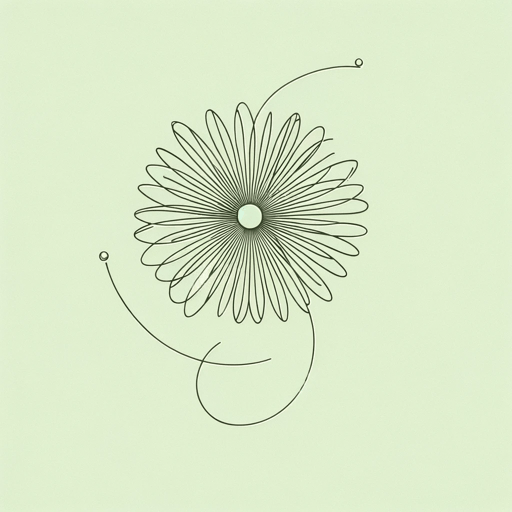17 pages • 34 minutes read
Wisława SzymborskaNothing Twice
Fiction | Poem | Adult | Published in 1997A modern alternative to SparkNotes and CliffsNotes, SuperSummary offers high-quality Study Guides with detailed chapter summaries and analysis of major themes, characters, and more.
Literary Devices
Form and Meter
Szymborska’s “Nothing Twice” is seven stanzas long. Each stanza consists of four lines, or a quatrain. The poem follows a set metrical rhythm of iambic tetrameter. Iambic tetrameter is defined as a poetic line made up of four beats. An iamb, or a beat in a line of poetry, is where a stressed syllable follows an unstressed syllable. Four iambs in a line of poetry is defined as a tetrameter. Tending to be eight syllables in length, poems written in this style are easy to read, with their rhythm often resembling a heartbeat. Take this example:
One day, | perhaps | some i | dle tongue
mentions | your name | by ac | cident:
I feel | as if | a rose | were flung
into | the room, | all hue | and scent (Lines 13-16).
In this stanza, each line is eight syllables long. An unstressed syllable begins each line followed by a stressed syllable (represented in bold text). Two beats or syllables separate each of the metrical feet.
Stanzas 4 and 5 in “Nothing Twice” follow iambic tetrameter perfectly. However, many of her other stanzas have slight variations; lines may be one syllable shorter or longer than eight syllables in length.
Related Titles
By Wisława Szymborska




